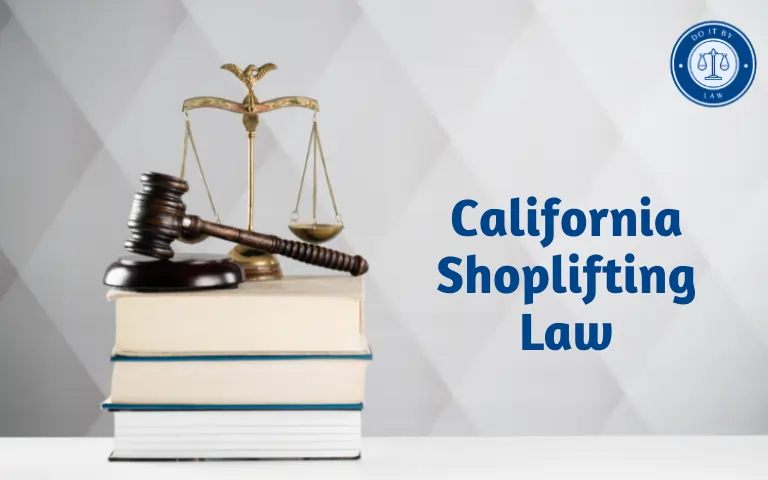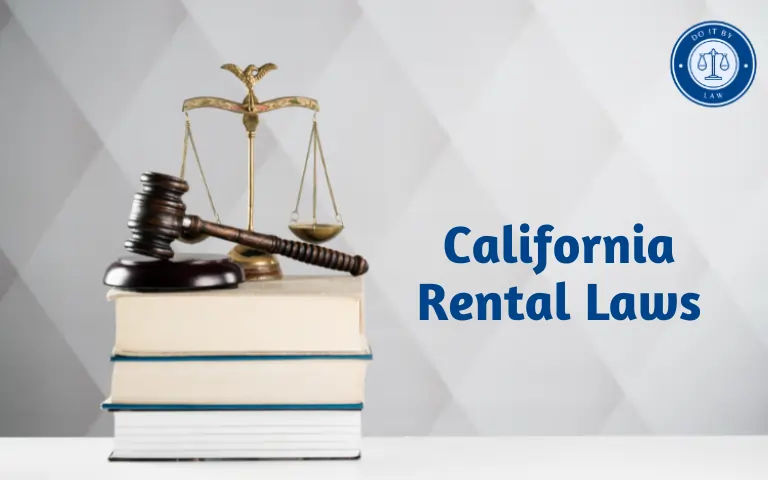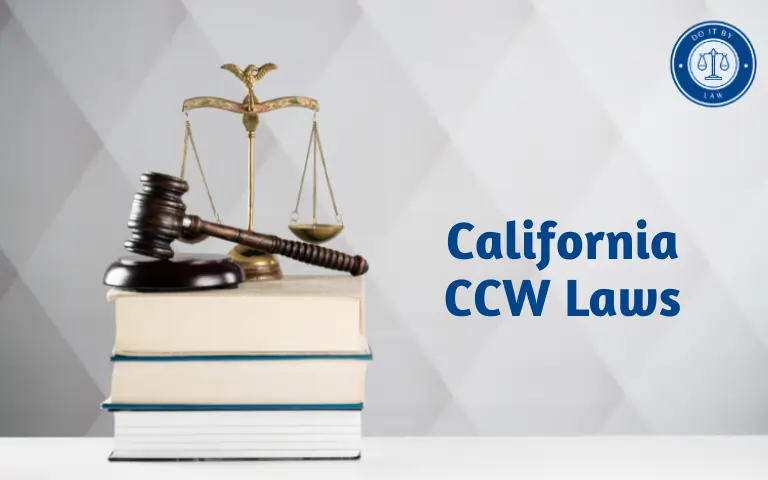California Theft Law: What You Need to Know
California Theft Law establish graduated offenses spanning petty theft misdemeanors to serious grand theft felonies depending on item values stolen and the situations involved, with penalties ranging from fines to years in prison.
When California Theft Laws Originated and Their Rationale
Concepts codifying theft offenses in California State law emerged from English common law and carried over to the American colonies and early Spanish settlements before statehood was formalized in 1850. Following the 1849 Gold Rush chaos, property crimes became epidemic among roaming bands of criminals preying upon remote mining camps.
In response to rampant frontier lawlessness jeopardizing commercial order during an explosive growth phase, the California Legislature began defining various robbery and theft crimes in statutory legal codes starting in 1850 alongside parallel local vigilante justice persisting when formal law mechanisms remained limited early on.
Over the ensuing decades, the scope of laws addressing property misappropriation expanded to cover emerging offenses like frauds, counterfeiting, and sophisticated embezzlement schemes accompanying state economic maturation toward early 20th-century industrialization.
During a late 1960s nationwide push to enhance legal uniformity, California aligned penal codes with other states modeling theft categorizations after broad frameworks first published in the American Law Institute’s 1962 Model Penal Code. These continue underpinning core definitions surrounding property crimes today.
So as with other states, contemporary California theft offense laws evolved legally codifying crimes infringing personal property rights through history. Political complexities balancing commercial order interests against humanitarian factors remain inherent in constructing ‘fair’ anti-theft statutes.
Who California’s Diverse Theft Laws Apply To
The Golden State’s wide-ranging theft and robbery laws encompass all involved parties within criminalized nonconsensual property transfers, including:
- Thieves actively stealing money, items, or services through unlawful takings, pretenses, extortion, deceit, and related means
- Fences knowingly receiving, transporting, reselling or possessing stolen goods
- Co-conspirators assisting in planning/scoping thefts without directly executing them
- Failing custodians enable thefts by neglecting responsibilities
On the enforcement side, theft laws also guide police in apprehending suspects in the act or investigating after reports. Likewise, prosecutors utilize definitions when filing charges.
So statutes offer guidelines spanning everyone from street pickpockets to white collar executive embezzlers regarding illegal property deprivations ultimately impacting owners, insurers and that fancy watch lobby!
Key Provisions Within California Theft Law
Despite perception notions broadly, California laws delineate dozens of highly specific personal property theft offense variants beyond stereotypical armed robberies or armed burglaries covered under separate statutes.
Major categories of unlawful acquisition offenses defined in the California Penal Code include:
Petty Theft – Misdemeanors
The broadest theft classification encompasses most minor stolen item cases with total values under $950 not otherwise meeting ‘grand’ theft criteria in a single six-month crime spree.
Grand Theft – Wobblers or Felonies
Applies for either single event thefts exceeding $950 value thresholds or repetitive petty thefts aggregating over $950 within defined periods by similar perpetrators. Prosecutors can charge wobblers as misdemeanors or felonies based on circumstances.
Robbery – Felonies
Involves illegally taking property by force or fear from victim’s presence when resisting. Unlike basic thefts, charges categorize as serious robbery felonies only.
Specialized Theft Crimes – Various Classes
Numerous additional statutes address narrow misappropriation scenarios like vehicle, cargo, document forgery, frauds, shoplifting, identity theft, card skimming and more with tailored elements.
So super nuanced definitions delineate virtually every flavor of unlawful permanent property taking beyond temporarily borrowed or rented items. Analyzing case specifics determines appropriate classifications when filing charges.
Penalties for Violating California Theft Law
Once county district attorneys file under applicable statues, conviction penalties for violating California Theft Law include:
Petty Theft Misdemeanors
Up to six months county jail and/or fines up to $1,000 for first offenses. Most see informal probation options without incarceration. Subsequent petty thefts enhance sentencing.
Grand Theft Wobbler Crimes
Can bring 16 months+ prison if prosecuted as felonies or straight probation retaining misdemeanor status. Fines reach $10,000+.
Robbery Felonies
Impose over 3 year state prison terms as base sentencing starting points before potential enhancements adding extra years onto terms.
Obviously, significant freedom deprivation and financial consequences accompany many theft violations beyond merely returning or replacing stolen property itself.
Recent Changes and Proposed Updates to California Theft Laws
Responding to perceived growing retail theft trends in coming years, in 2014 California Legislators increased dividing lines between misdemeanor petty thefts versus wobblers/felonies from $400 to current $950 thresholds under Proposition 47 ballot initiatives citing prison overcrowding issues.
However in 2022, spiking statewide robbery, burglary and larceny rates exceeding property crime upticks across most other states induced lawmakers to approve stiffer anti-theft measures. New statutes enhanced organized retail theft penalties and prohibited possessing tools commonly used disabling security devices guarding high-theft merchandise like electronics, designer clothing, health beauty products and blades.
Now in 2023 multiple competing reform bills introduced during new legislative sessions reflect split views on best addressing diagnosed mass theft waves:
- Some legislators propose essentially reversing 2014 relaxations by reducing dividing felony lines to $400 again amid claims downgraded penalties enabled flourishing theft rings now importing and exporting goods.
- More moderate bills stick with existing gradations but seek expanding probation restrictions like location bans from stores hit by individual suspects.
- Social justice advocates alternatively lobby improving youth programs and addiction resources likely mitigating economic motivations spurring volume petty crimes funding substance dependencies.
The ultimate outcomes balancing perceived enforcement gaps while avoiding overincarceration remain unfolding amid traditionally ‘tough on crime’ attitudes largely dominating California politics during climbing crime eras.
Controversies and Challenges Around California Theft Law
Beyond debates over properly calibrated sentencing changes responding to current retail theft surges, several other areas involving California property crime laws also raise controversies:
Selective Enforcement Accusations
Citizen complaints allege police disproportionately target petty misdemeanor cases in disadvantaged locales while letting upper-class shoplifters go and overlooking complex fraud crimes lacking stereotypical perpetrator profiles.
Evidentiary Issues
California requires proving intent elements with enough certainty raising bars complicating prosecution absent direct suspect admissions or surveillance explicitly capturing planning steps distinguishing casual impulse grabs from strategic thefts.
Restorative Justice Concepts
Some community voices emphasize offering redemption opportunities through diversion programs stressing addiction or poverty mitigation resources over harshly punitive responses shown perpetuating high recidivism among chronically destitute offenders.
So contrasting practical and ethical policy perspectives keep clashing around economically-tinged property violations commonly filling justice system workloads impacting disadvantaged suspects most heavily.
Conclusion and Key Takeaways on California Theft Laws
In closing, critical insights to retain concerning property crime statutes in California include:
- Graduated misdemeanor, wobbler and felony classifications spanning petty thefts to robberies established in penal codes cover illegally taking personal property by force, fear or stealthy means.
- Recent reforms eased thresholds slightly differentiating some felony-level grand thefts but new upticks prompted enhanced penalties again for serial organized retail theft rings.
- Debates continue around appropriately balancing equitable enforcement practices against public order priorities while funding alternative resources possibly improving outcomes beyond purely punitive responses.
So while California theft laws underwent softer-on-crime adjustments in 2014, reversing trends induced toughening some statutes again targeting prolific offenses threatening community safety and economic stability when unrestrained. Yet second chances emphasizing life stabilization over retribution still garners support in social justice spheres. Ultimately layered prevention efforts across sectors may prove most key abating desperate crimes of survival.







